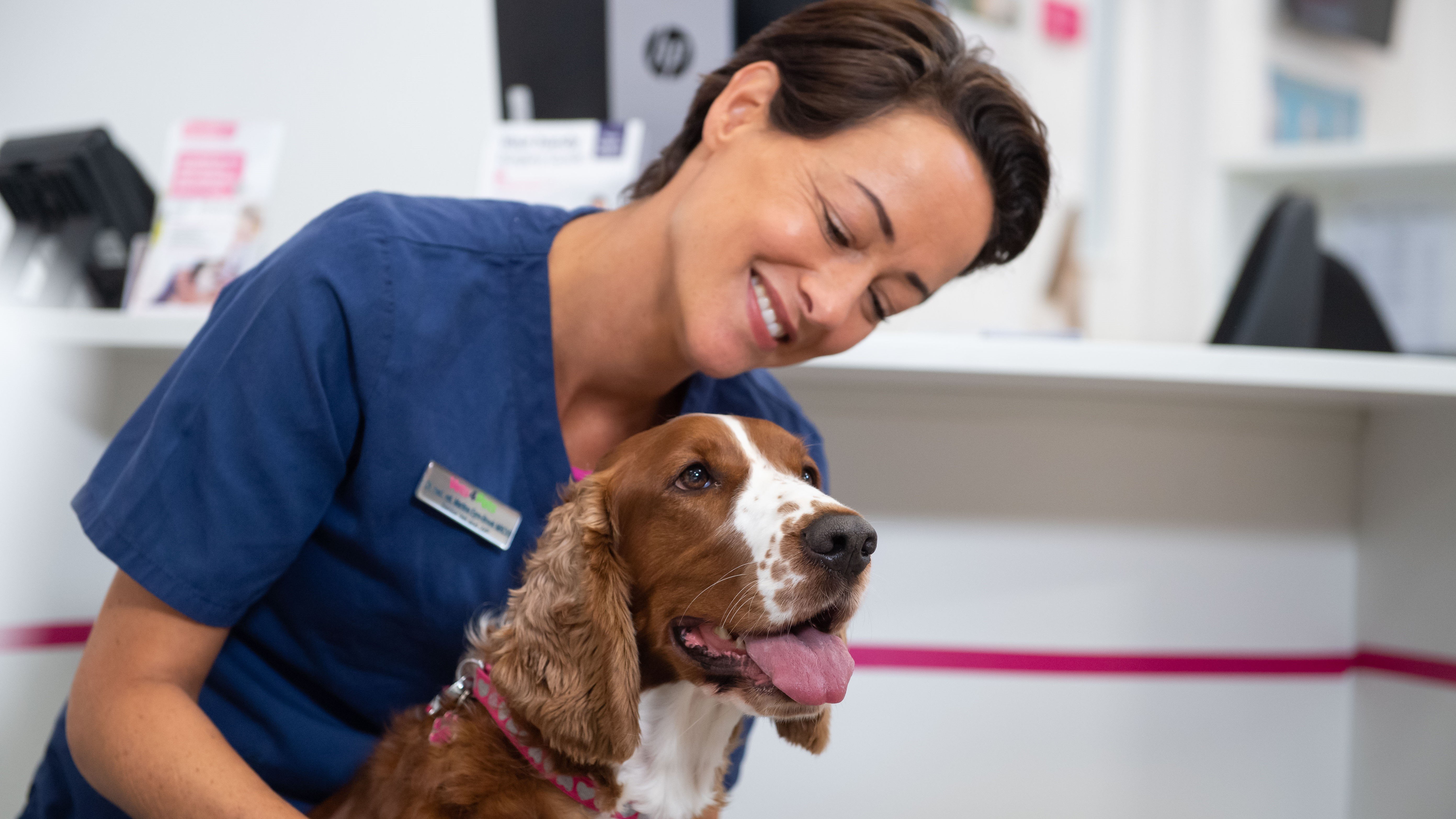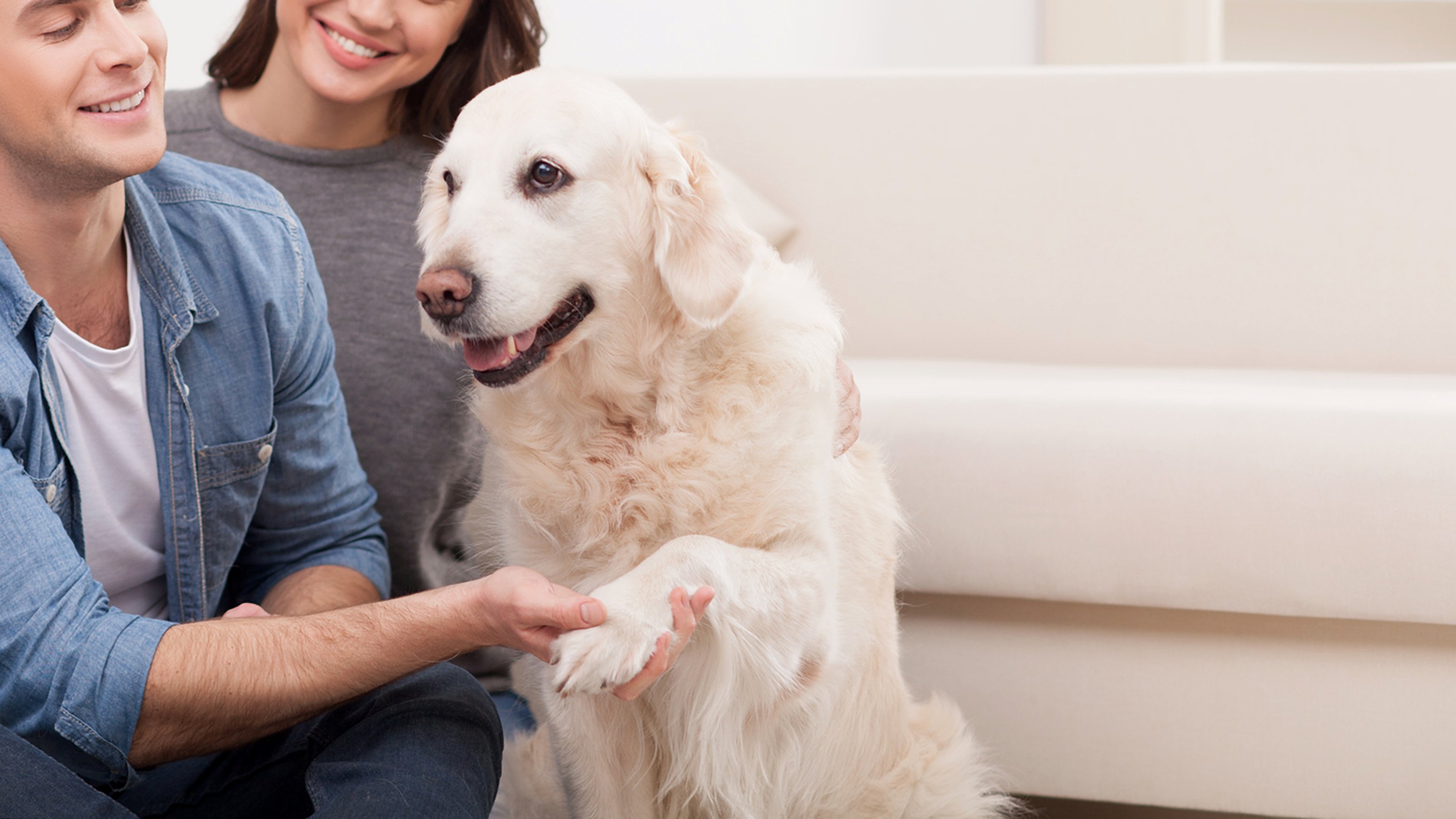
Heatstroke In Dogs
Heatstroke occurs when your dog cannot lose excess heat, causing the body to reach dangerous temperatures. A body temperature rise of only 4 degrees can be enough to severely injure or kill a dog!
To help protect your dog from heatstroke, in the summer months it is best to walk your dog during the cooler morning and evening hours and ensure they have everything they need to keep them cool and hydrated.
If you think that your dog has heatstroke, contact your local vet immediately.
Heatstroke FAQ's
Heatstroke occurs when your dog cannot lose excess heat, causing the body to reach dangerous temperatures.
Being in an environment that is too hot or humid can lead to heatstroke, especially if your dog is running or playing. Things that can induce a sun stroke in dogs can include:
- A hot day
- Being enclosed in a warm room (conservatories especially can become lethally hot very rapidly, even on cool but sunny days)
- Being left in the car
- Being walked in warm temperatures
Some of the symptoms of heat exhaustion in dogs can include:
- Elevated breathing rates
- Dry or sticky gums
- Abnormal gum colour
- Bruising in the gums
- Lethargic or disorientated
- Drooling
- Vomiting and diarrhoea
If you notice any of the above signs of heatstroke in your dog, it’s likely they are suffering from heat stroke.
It's important to get your dog to a vet as soon as possible. Whilst you arrange for your dog to see the vet, you can try to regulate their body temperature before the vet can see them:
- Move your dog to a shaded, cool area
- Poor water over your dog - the most effective temperature is around 15-16’C.
- Place cool wet towels under your dog, never over - towels placed on top of pets can trap the heat under the material. Therefore, you can lay your dog on top of a wet towel to allow the heat to move out of their body.
- Give your dog some cool water to drink.
Heatstroke in dogs is a stressful condition for both owners and dogs themselves. There are a few ways you to aim to prevent heat stroke in dogs, by following these tips:
- Never leave your pet unsupervised outside on hot days.
- If you go out on a hot day, leave your pet indoors in a room with a fan or air conditioning.
- If your pet is playing or sitting outside, ensure they have access to fresh water, shade and shelter away from direct sunlight.
- Walk your dog in the morning or later at night to avoid dangerous temperatures - or not at all, if the temperatures are dangerously high.
- Do not leave your dog alone in a parked car - heat builds quickly in vehicles, even on sunny days that aren’t too hot for humans.
Like in people, sunburn can lead to skin cancer in dogs. Sadly, development of cancer often requires surgery for treatment to remove the affected area. Early detection is key to managing skin cancer – keep a close eye on your dog’s skin changes. If you do notice any changes, contact your vet as soon as possible.
You can help minimise the risk of sunburn in your dog in two ways:
- Keep them inside on very sunny days, or keep to the shade. If your skin would burn, so would theirs. Keeping them away from direct sun reduces the risk of sunburn.
- Apply dog-friendly sunscreen. Just like us, dogs can have protective sunscreen applied to protect skin from sun damage. Apply it to the nose and ears especially, but anywhere the fur is thin needs protection. Especially for swimmers, don’t forget to re-apply frequently.
If you suspect your pet is getting too hot, don’t wait. Always act immediately, as heatstroke can rapidly become an emergency.
Take your pet somewhere cooler, and if possible shower them in cool water. Cool, not cold, is the key here so don’t use iced water – water that is too cold will actually cause the blood vessels at the skin surface to tighten, making it harder for heat to leave the body. Cool water will help disperse heat fastest, and pets can:
- Be sprayed with water
- Have cool (not cold) water poured onto them
- Have a fan on them
- Be offered cool water to drink (but do not force them to drink anything)
If your dog has developed heatstroke, you should always take them to your nearest vet for help, even if the signs are mild. Your vet can assess for any complications, help monitor temperature (don’t forget, pets can get too cold too, so it is important to make sure you don’t over-chill your pet!), and put in place any supportive care.
Pets with mild heat stroke often still need to stay at the vets for monitoring, or if more serious damage has been done, may require more intensive hospitalisation for several days.
Whether you’re driving with your dog for a walk, to the vet or elsewhere, never leave them alone in the car. Even with the windows partially open or parked in the shade, the temperature can rise to 120 degrees on a warm day!
During a car journey, make sure your dog has access to shade. You can use a window shade for them. If the car feels too hot to you during a journey, then it’s also too hot for your dog!
If you can't hold your hand on the hot pavement for longer than five seconds, it is too hot for your dog to walk on. Leave walks to the early morning and late evening when it is cooler and make sure to pack a water bottle so your dogs can drink occasionally. If you are concerned about your pet in the heat, contact your local practice as soon as possible.
Brush your dog regularly as a tangle-free coat will help keep them cooler. Some dogs may benefit from a haircut in the summer!
The Groom Room at Pets at Home offers a range of grooming options for your dog.
Health Plans to keep your dog healthy
At Vets4Pets we offer a range of Health Plans that make essential routine treatments more affordable. You'll save money on things like annual vaccinations, flea and worm treatment and routine health check-ups.

Pet Symptom Checker
Our handy Pet Symptom Checker allows you to search your pet's symptoms and helps guide you on what to do next.

Dog Advice
Read more of our expert dog advice to keep your dog happy and healthy.
